1533 – 1584
William of Orange
William of Orange; the 'Father of the Fatherland'. That his name was associated with Delft and the Nieuwe Kerk is purely coincidental. After his sudden death in the Prinsenhof in Delft, his family tomb in Breda was inaccessible....
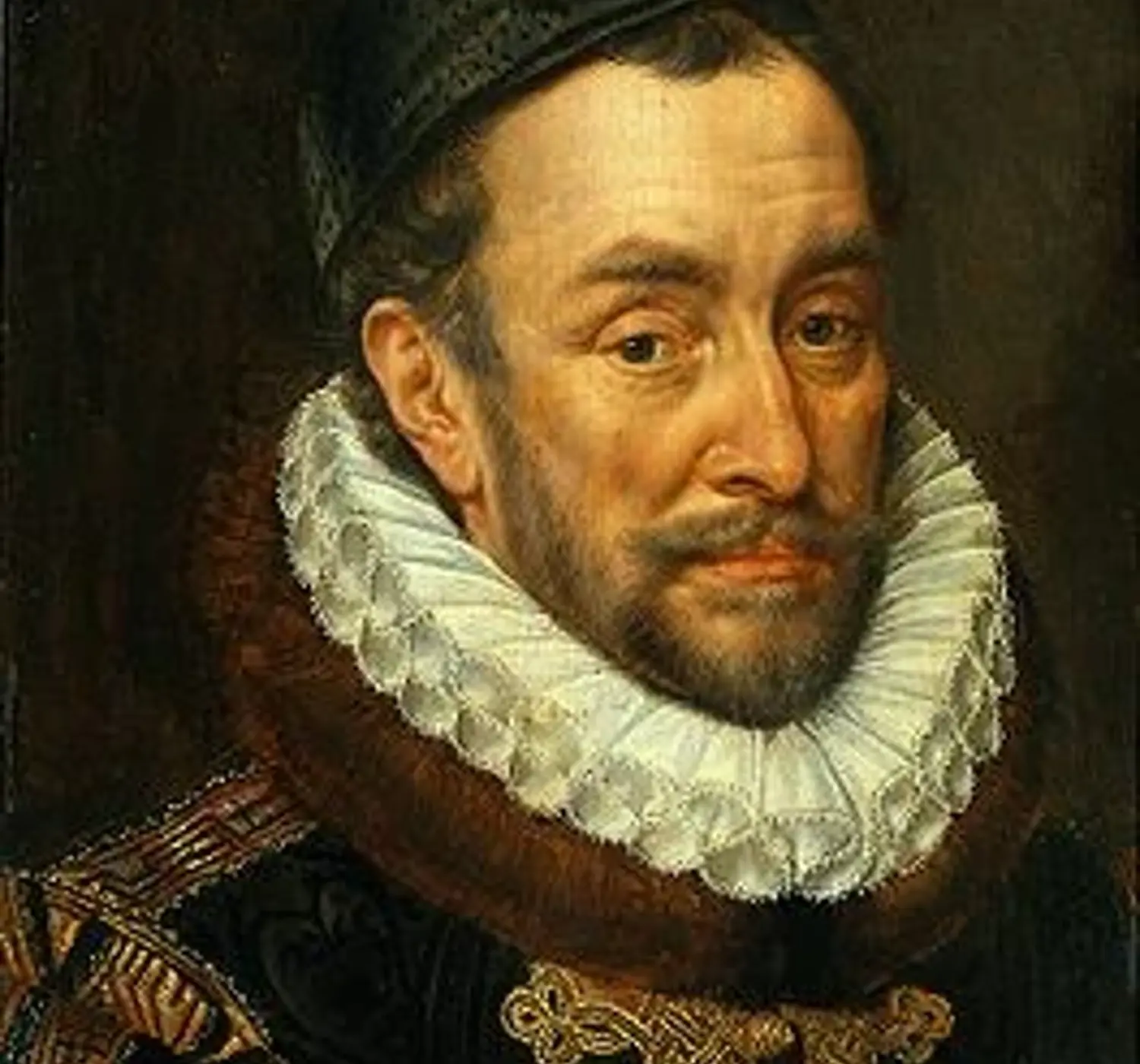
Arch enemies
William of Orange was born into a noble German family - the Nassaus. When he was eleven, he inherited the principality of Orange and entered the court of King Charles V. He was so popular with the king that when he abdicated, the king leaned on William's shoulder. To his son and successor Philip II, the king said: 'Keep this young man in honour, he can be your most valuable adviser and support'. No one suspected then that William and Philip would become arch-enemies
Violence
In time, Philip II appointed William of Orange as stadholder of Holland, Zeeland and Utrecht. As he climbed the social ladder, however, William's aversion to Philip II also increased. This was because the king wanted to forcibly create one big European state, with Roman Catholicism as its only religion. William, on the other hand, fought for freedom of religious practice.

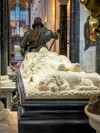
Resistance
Protestants in the Low Countries were increasingly harshly oppressed. The conflict reached a climax and William had to flee with his family to Germany in April 1567. From there, he attacked the Spanish ruler with an army he had gathered, despite being a Roman Catholic himself. However, he failed to halt Philip II's advance.
Assassination
On 15 March 1580 the king declared William of Orange an outlaw. Several attempts on his life were made. He spent the last period of his life in Delft, in what is now the Prinsenhof. There he felt relatively safe. However, the Frenchman Balthasar Gerards managed to enter and fatally shot him from a short distance. His last words (spoken in French, according to legend), were: 'My God, My God, have mercy on me and on this poor people.'
Final resting place
Normally, William of Orange would have been buried in Breda were it not for the fact that this city was occupied by the Spaniards. So, he was buried in the Nieuwe Kerk in Delft. Since then, all members of the Dutch Royal House find their final resting place here.
Gebeurtenissen
1533 - Van Oranje & NK purely coincidental
1544 - Van Oranje inherited the principality
1555 - William of Orange Stadtholder
1567 - William of Orange flees with family
1580 - William of Orange outlawed
1584 - Death of William of Orange
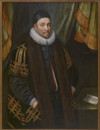
Discover more about the House of Orange
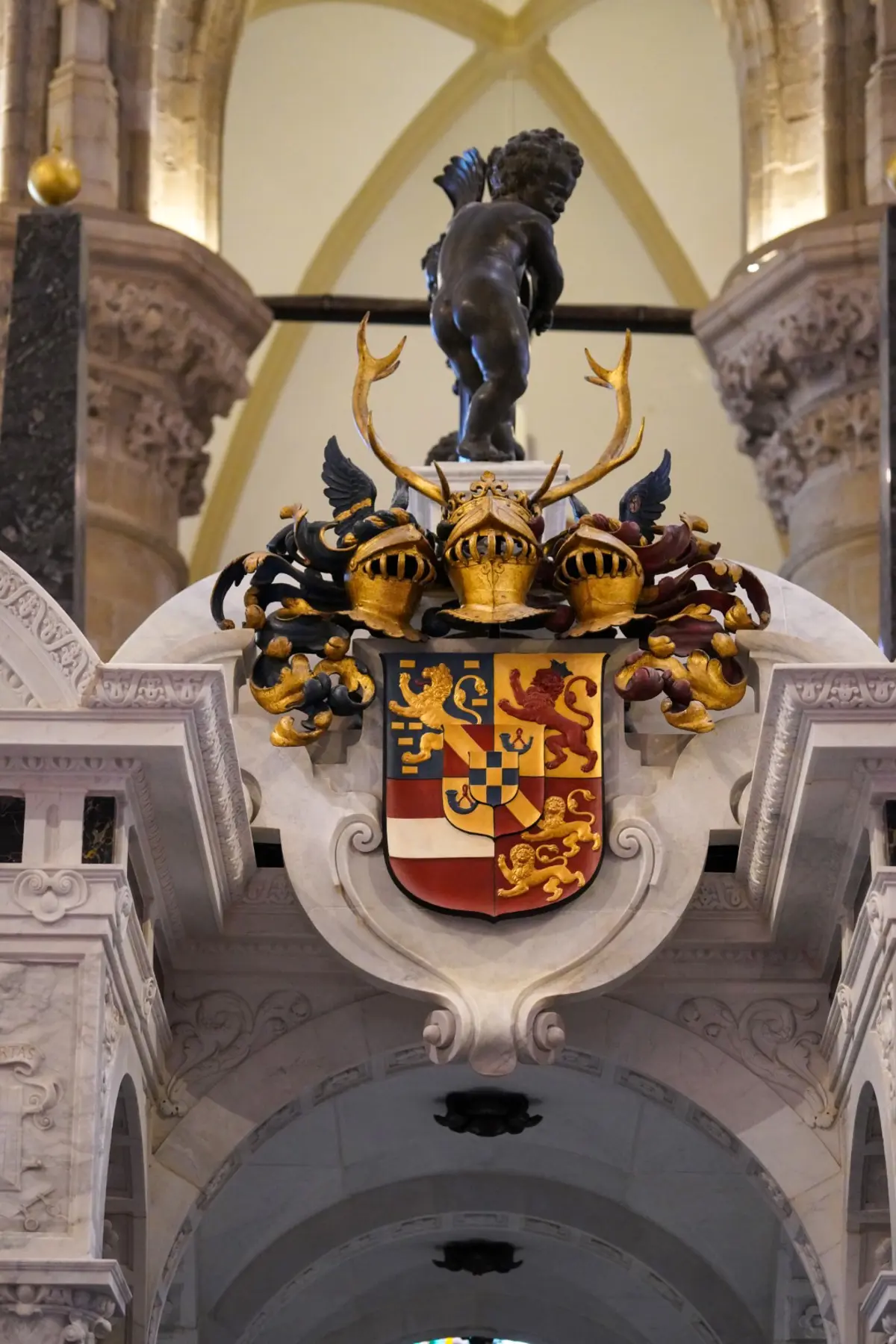
Royal house
Delft en het Nederlandse Koninklijk Huis zijn onlosmakelijk met elkaar verbonden. Sinds Willem van Oranje worden bijna alle leden daarvan bijgezet in de koninklijke grafkelders in de Nieuwe Kerk. In 2002 en 2004 nog, vonden drie leden van de Koninklijke Familie hier hun laatste rustplaats.
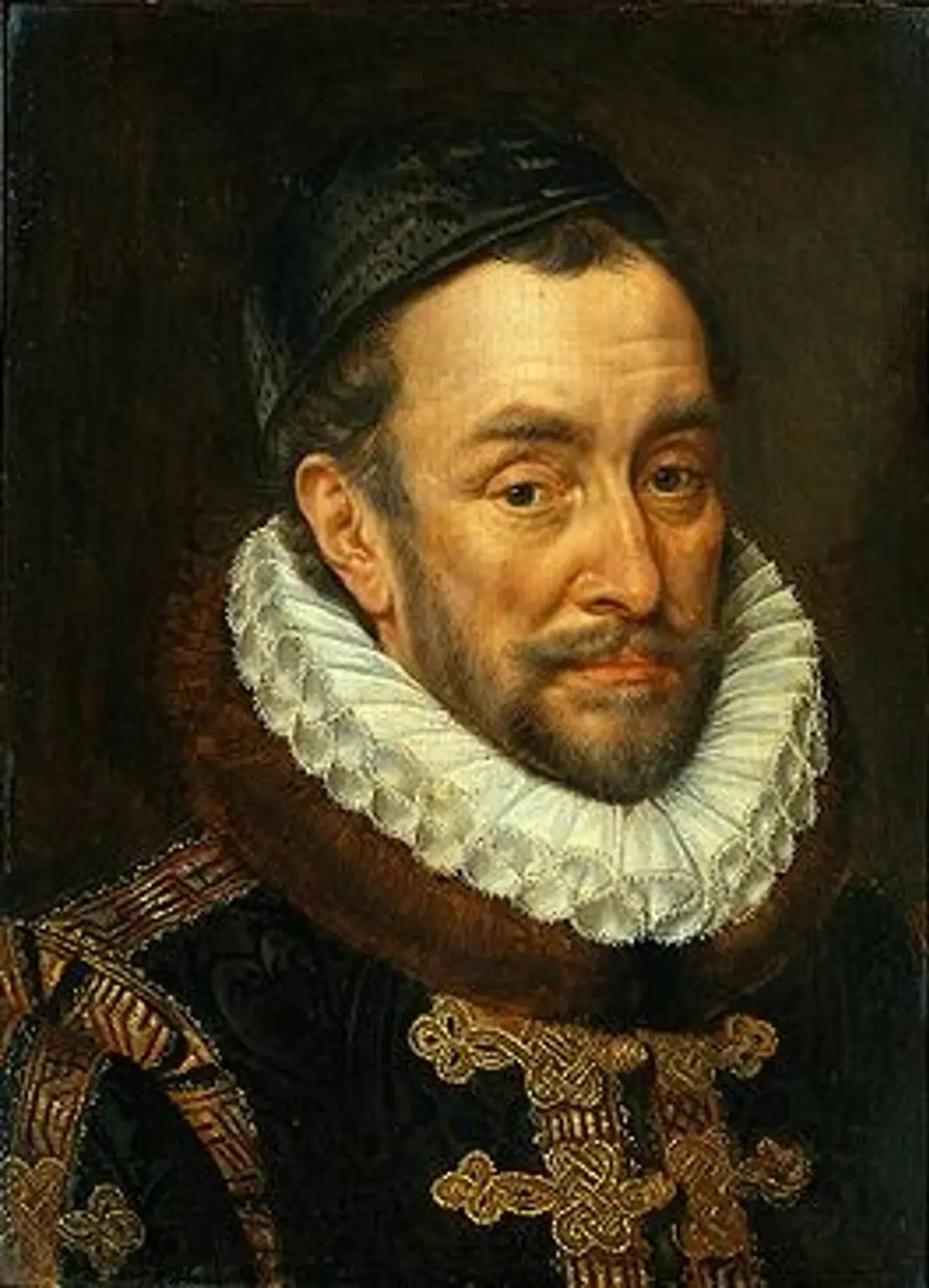
William of Orange
William of Orange; the 'Father of the Fatherland'. That his name was associated with Delft and the Nieuwe Kerk is purely coincidental. After his sudden death in the Prinsenhof in Delft, his family tomb in Breda was inaccessible....

Tomb of William of Orange
The mausoleum of William of Orange is perhaps the Nieuwe Kerk's biggest crowd puller. The artwork contains a lot of fascinating symbolism and shows great respect for the 'Father of the Fatherland'.
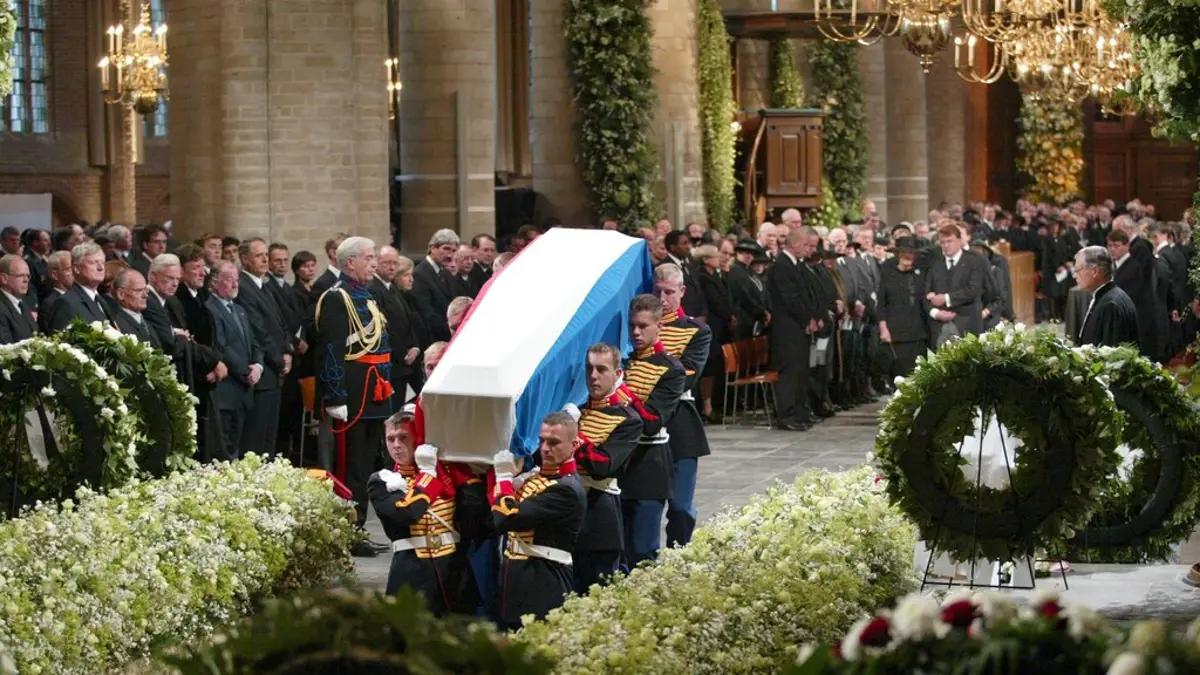
Interments of the Oranges
Since William of Orange, the founding father of the Van Oranje-Nassau family, almost all deceased members of the Dutch royal family have been interred in the royal tombs of the Nieuwe Kerk.
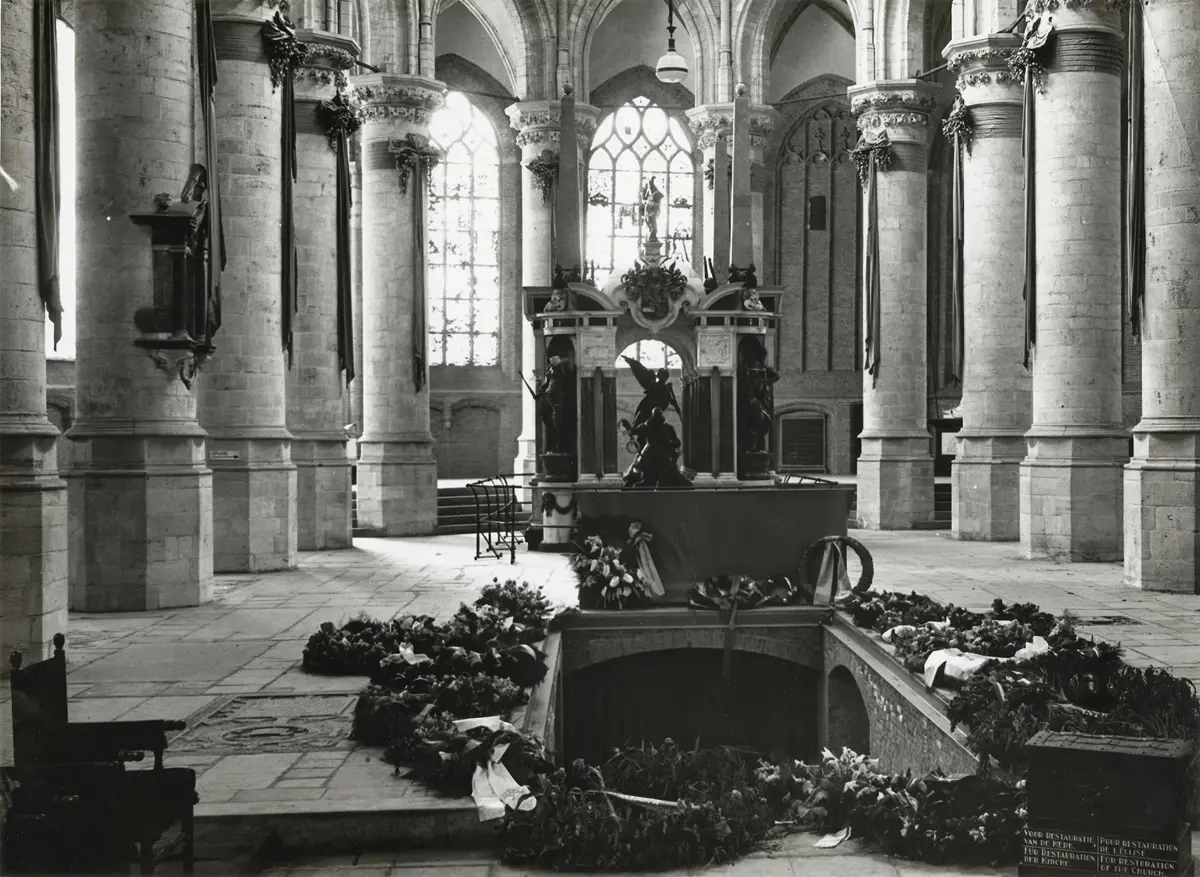
Royal tombs
Since William of Orange, almost all members of the Dutch royal family have been buried in the Nieuwe Kerk in Delft. The tombs are not open to the public. What exactly they look like is still, therefore, generally unknown.

Recent burials
As recently as 2002 and 2004, successively Prince Claus, Queen Juliana and Prince Bernhard found their final resting place in Delft's Nieuwe Kerk.
